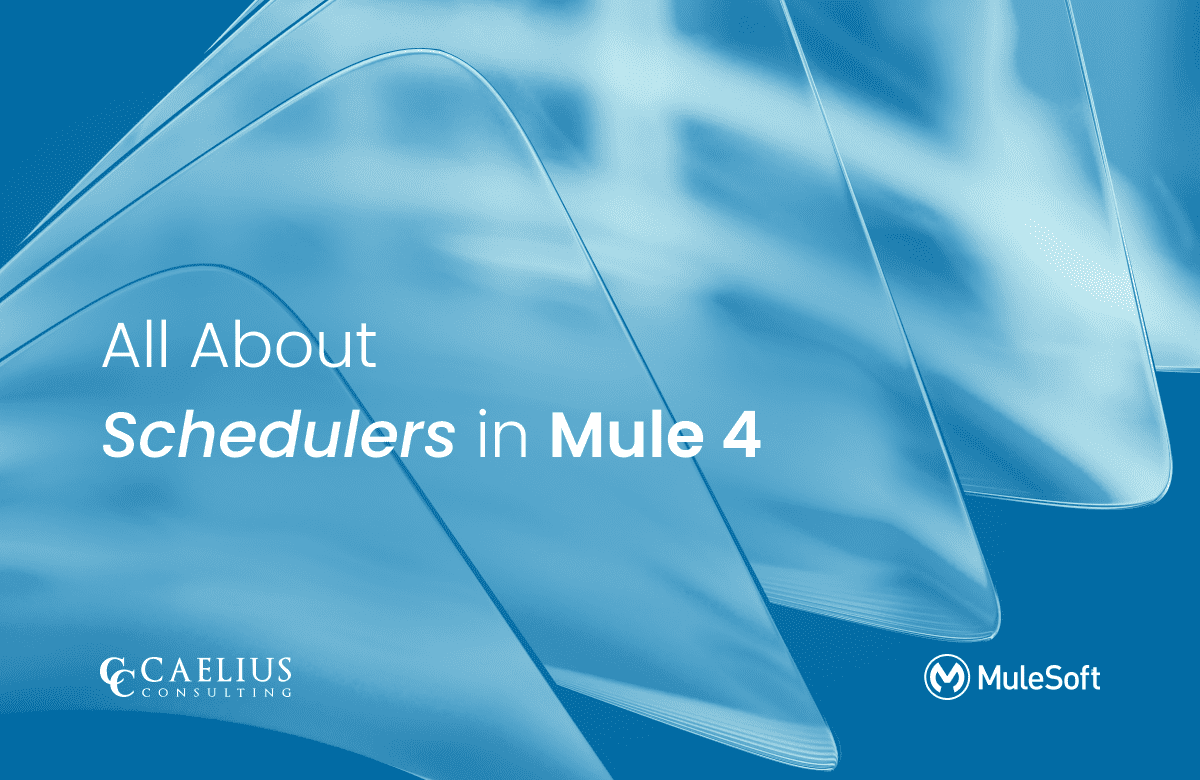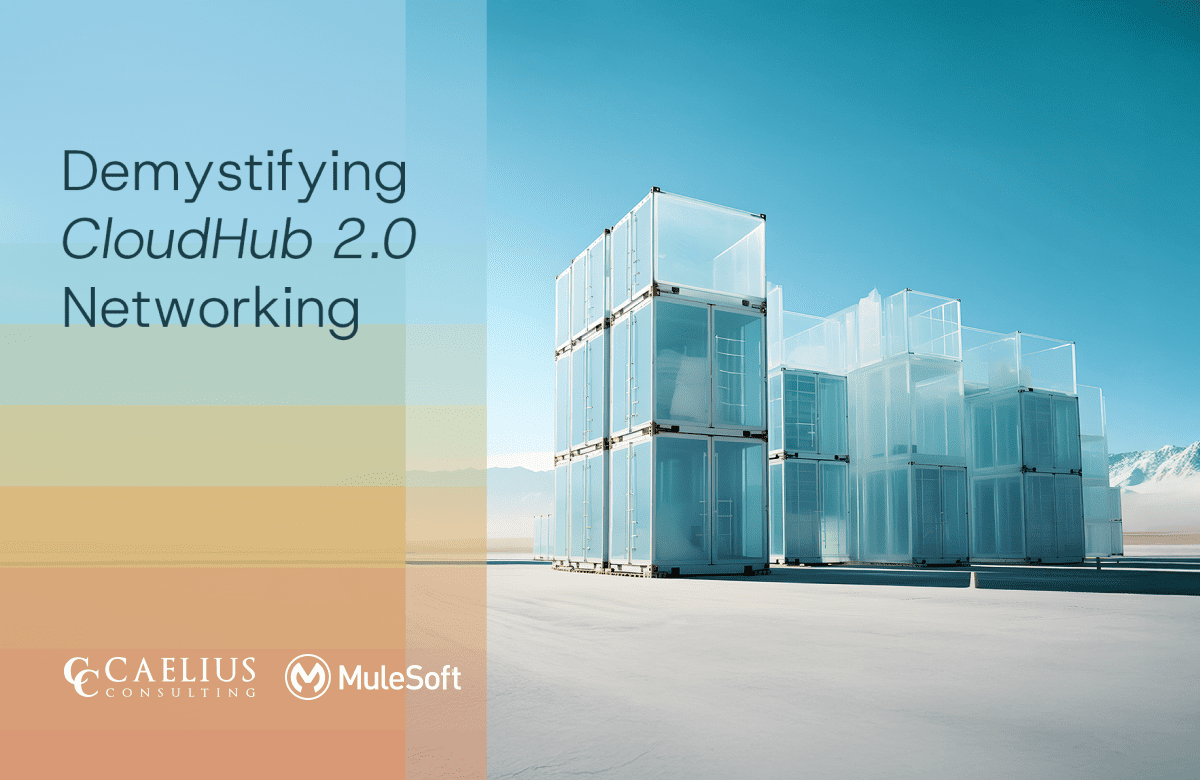Modern integration and distributed systems demand scalability and modularity. As systems become increasingly modular and API-led, traditional Monolithic service models struggle to keep up with real-time demands, concurrent transactions, and complex business logic, ultimately hindering organizational agility. The CQRS pattern is gaining traction among architects, especially in platforms like MuleSoft, as a powerful approach to… Continue reading Architecting Scalable Integrations with CQRS Pattern in MuleSoft
Category: MuleSoft Technical Guides
Guides for MuleSoft Developers.
Connecting MuleSoft and Azure SQL with Entra ID
Introduction Establishing a secure connection between MuleSoft and Azure SQL Database can be challenging, especially if you are using Entra ID (formerly known as Azure Active Directory) for authentication. This blog walks through a fully working configuration for connecting to Azure SQL using ActiveDirectoryServicePrincipal in Mule runtime 4.7.4 with Java 8 — addressing driver setup,… Continue reading Connecting MuleSoft and Azure SQL with Entra ID
All About Schedulers: Mule 4
In the world of Mule 4, automating repetitive tasks and triggering flows at defined intervals is necessary for building efficient and robust integration solutions. This is where Mule 4 schedulers come into use. This blog post explores the intricacies of scheduling in Mule 4, providing practical examples and best practices to help you get deeper… Continue reading All About Schedulers: Mule 4
Demystifying CloudHub 2.0 Networking
CloudHub 2.0 is the latest version of MuleSoft’s powerful managed runtime platform, designed for seamless deployment of APIs and integrations. Unlike the original CloudHub 1.0, which relied on shared runtime workers within a single AWS region, CloudHub 2.0 offered a better upgrade. It provides a dedicated, isolated infrastructure with more granular control over networking, security,… Continue reading Demystifying CloudHub 2.0 Networking



